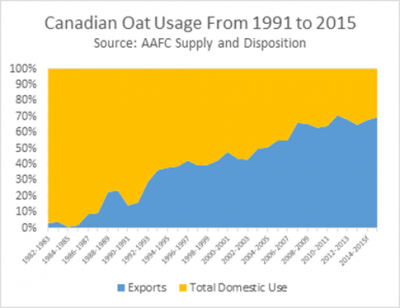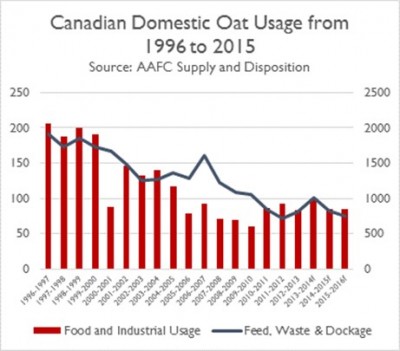2025 Year in Review
In 2025, science, innovation, and collaboration came together to deliver real impact for people and…
Oats – they are a grain that evokes comfort, home, and a hearty healthiness. Whether oatmeal cookies, oatmeal, or an amazing addition to savoury dishes, there is something about oats that evokes fond memories for me. Plus it is a reminder of Canada’s productive farming capacity. Canada produces the most oats and is responsible for half the world’s exports of oats.
I’ve just wrapped up a visit to Ottawa with the Prairie Oat Growers Association, where visits to all three political parties provided an opportunity to share the story of oats. Over the past two decades, oat farming has become increasingly productive. Canadian oats have high levels of beta-glucan that make them heart-healthy and excellent quality in terms of weight and colour. These competitive advantages cannot be taken for granted.
Oat milling in Canada has declined in favour of American processing. With that has come the need to export, so when grain transportation arose two years ago and oats were not able to move, the impact was grave. Millers couldn’t get what they needed without exports from other countries as far away as Sweden. American millers have encouraged a return to American production resulting in market losses to Canadians.

This situation reminds us all of some fundamental needs. It is essential to ensure the reliability of oat exports – already the industry has implemented 100 car unit trains, increased trucking, and railway fleet options. The ongoing regulatory environment must monitor and sustain solutions in all corridors. Movement South to the US and Mexico needs just as much attention as movement to port position.
There is also a need to support domestic consumption and processing. After years of reductions, it is time to think about our domestic capacity for processing and the ways to excite Canadians production of oats.

This requires innovation. Part of that innovation is to help consumers think of oats as more than just a breakfast food. Oats make a great addition to all meals and are a wonderful snack food. Use of oats as an ingredient needs more exploration, including traits like beta-glucan to make other foods more heart-healthy.
Oats also need new markets – domestic and foreign – plus better ways to serve the American processors like Cheerios and Quaker Oats that have been such great supporters of Canadian oats. They need high beta-glucan levels, strong evidence on the natural sustainability claims of a low-water use crop like oats.
Innovation is the pathway to lift the Canadian oat market and we hope more leaders are seeing the role for this vital crop.